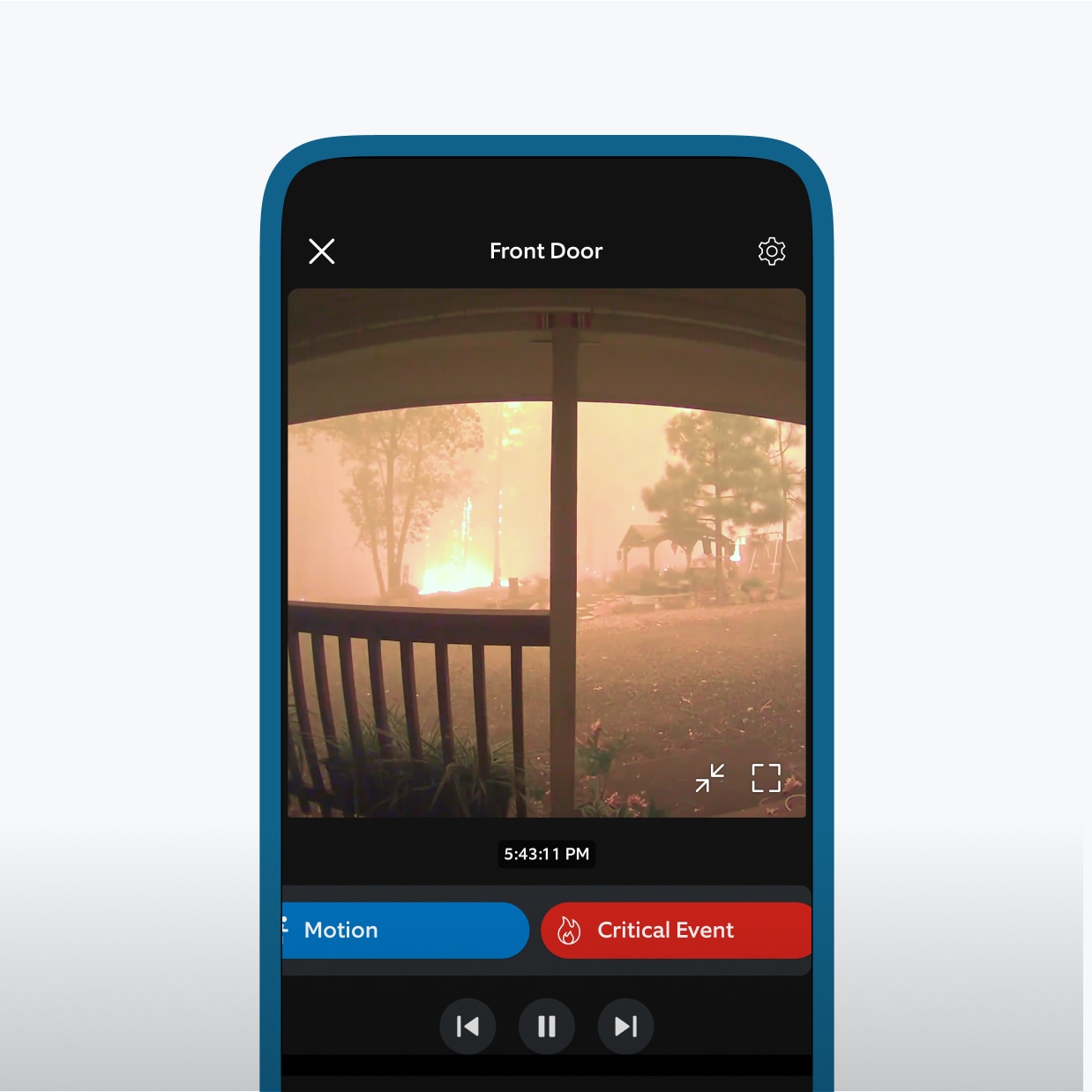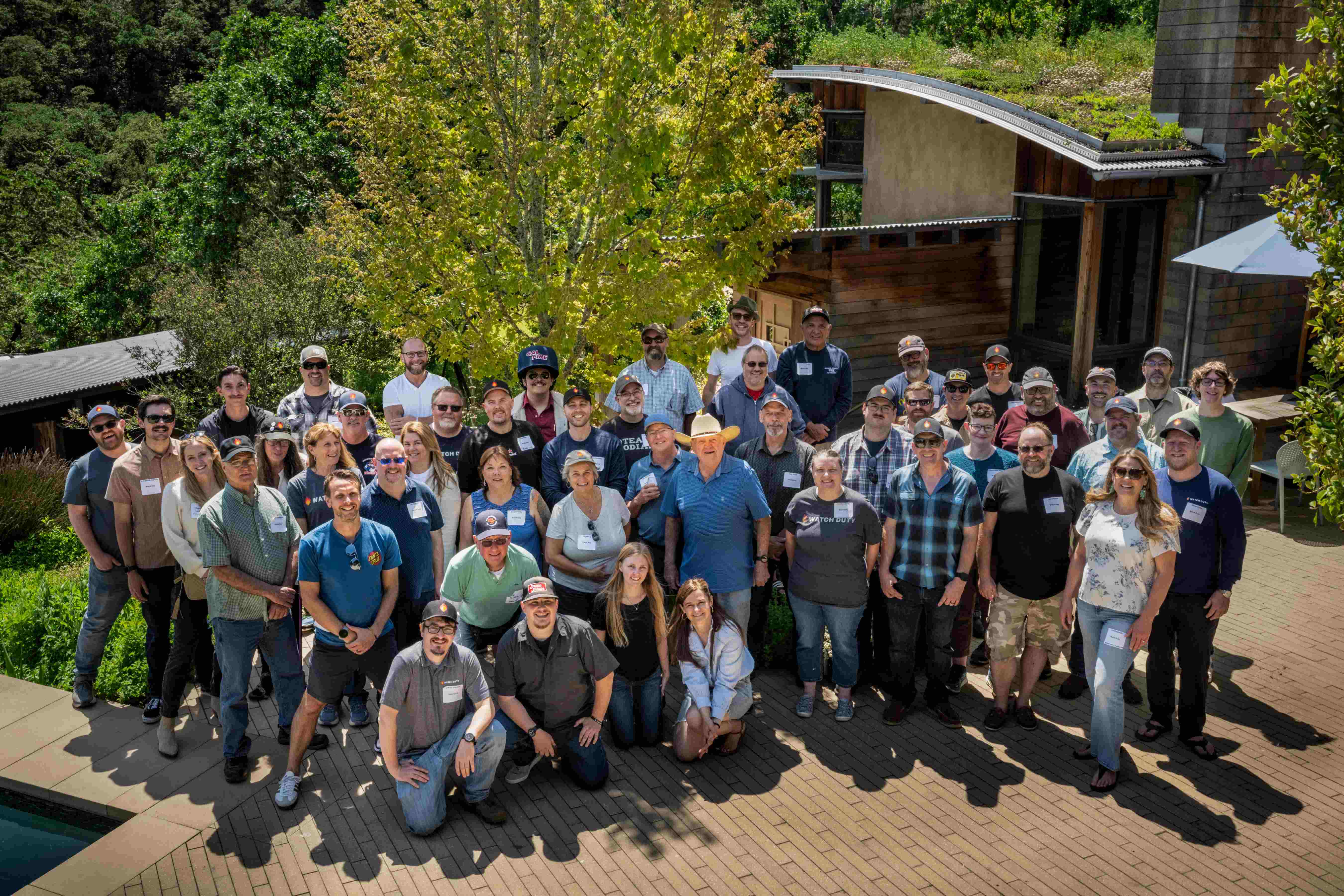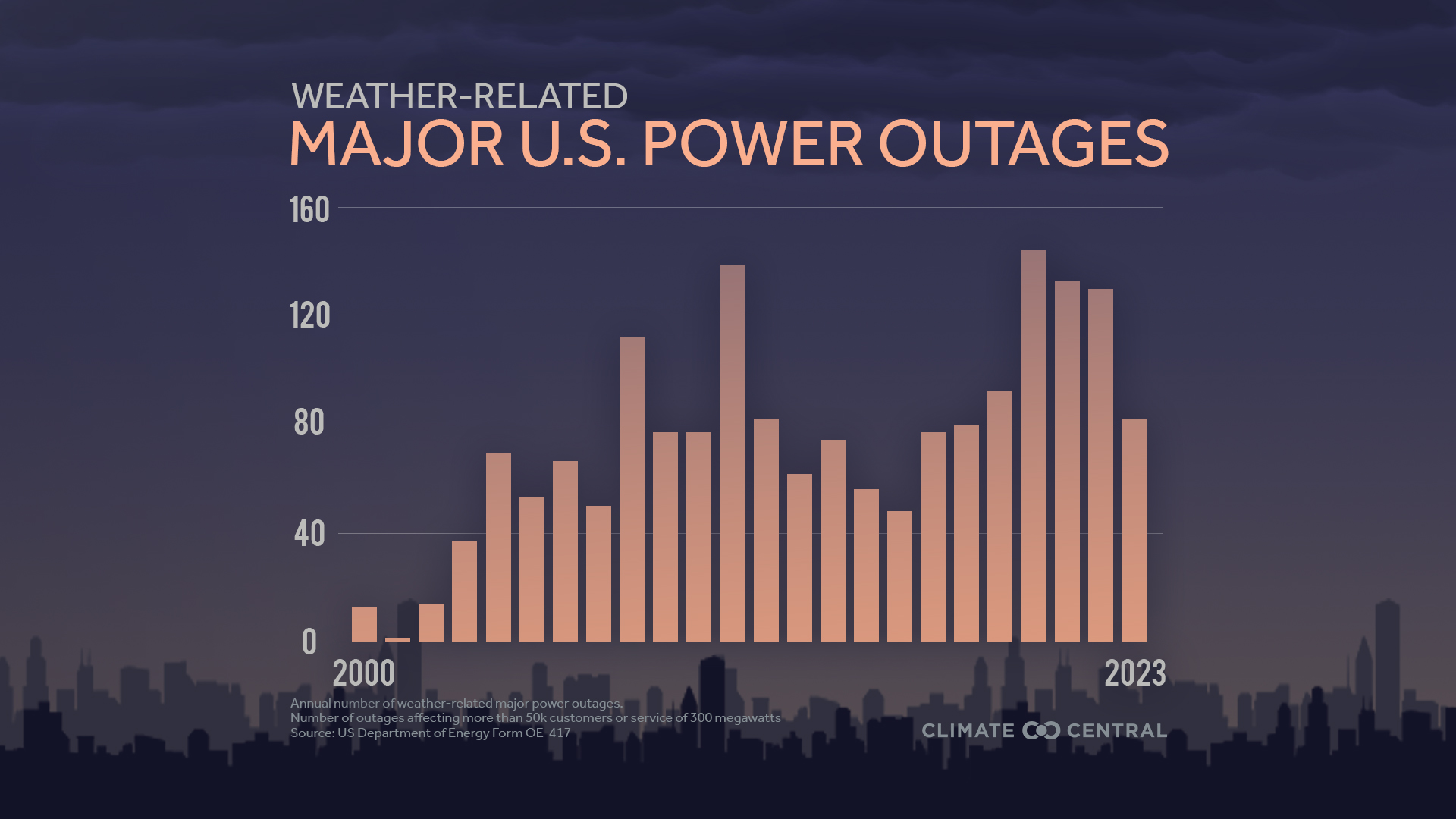
Today marks one year since the LA wildfires, a moment that resonated far beyond California. From the first alert to the long journey to rebuild, we'll be there to continue to support our neighbors.

One year after the devastating Los Angeles fires, Watch Duty is expanding how communities receive and share critical wildfire information through a new partnership with Ring. Together, we’ve launched Fire Watch, a new feature built into the Ring app Neighbors section. The Fire Watch feature brings trusted wildfire intelligence, real-time alerts, and community-sourced ground truth to people when every second matters.
The feature combines Watch Duty’s verified, on-the-ground wildfire reporting with neighborhood-level insights from Ring camera owners. The goal is simple: help people understand what’s happening around them faster, make better-informed safety decisions, and support first responders during rapidly evolving fire events.
As part of this partnership, Ring has made a $1 million donation to Watch Duty, supporting our expansion to all 50 states and strengthening our ability to deliver real-time, community-powered emergency information nationwide.

Three key elements are designed to keep customers better informed and safer during wildfire events:
Together, these capabilities help deliver early warning signals, improve situational awareness, and bring critical ground truth to those working to protect communities.
At Watch Duty, our work has always been grounded in humanizing emergency information—turning complex, fast-moving incidents into actionable insights people can trust. Fire Watch builds on that mission by meeting people where they already are, extending Watch Duty alerts into the Ring ecosystem while enabling voluntary, responsible community participation during wildfire events.
Fire Watch features begin rolling out nationwide this spring.

The Los Angeles wildfires in January became an organization defining moment for Watch Duty and further validation of why we exist. In absolute dire moments, the official alert systems lagged or failed. Watch Duty became the trusted source of truth for residents, media, and agencies alike:
Across the country, Watch Duty teams worked 16-20 hour days, handing off monitoring insights to ensure that every family had access to rapidly evolving information on fire spread, direction, and evacuations. Those efforts have not been forgotten: in the year since, every member has heard from family after family that Watch Duty helped to save their lives.
LA was a pivotal moment, but it was also us being us - it’s what we did every day of the year across more than 13,000 incidents big and small.


Meeting this moment was possible because of deep, mission-aligned partnerships and the people behind them. In-kind infrastructure and technical support from Google, Amazon Web Services, Fastly, PagerDuty, Mapbox, and others enabled Watch Duty to scale instantly under historic load, absorb unprecedented traffic surges, and remain fast, stable, and free to the public. Teams of engineers and operators work shoulder to shoulder with our staff and volunteers to safeguard Watch Duty’s reliability. When lives are on the line, they demonstrate what best-in-class collaboration between nonprofit and for-profit organizations can achieve in service of the public good.
At the same time, the nation took notice, and we were honored for our innovation and impact by leading media and technology organizations. To us, these honors reflect not just visibility, but validation that Watch Duty is building something entirely new: it is desperately needed, and it’s working.

This year of growth surfaced both our strengths and our limits.
Our model, team, and infrastructure held throughout unprecedented events. Our feature set grew to integrate more capabilities than ever. Our impact reached families in some of their toughest moments.
But the experience also revealed how quickly demand can outpace capacity when disasters cascade nationally or when a catastrophic event strains resources. We’ve addressed this challenge by: doubling our team, strengthening our technology, and sustaining round-the-clock human monitoring to ensure life-saving information is verified, translated, and delivered without delay.
That meant growing our leadership, technical experts, trained volunteers, and the systems that support this work, including:

In December, Watch Duty achieved a defining milestone—expanding from 22 states to nationwide coverage, ensuring every community in the U.S. has access to verified, real-time wildfire intelligence when it matters most. What began just four years ago as a small community effort is now a trusted national lifeline, relied on by millions and used by frontline responders and emergency operations centers during the most critical moments.
Wildfire is no longer a distant or seasonal threat. It is reshaping where and how Americans live - crossing state lines and affecting communities that never expected to face it. Every American, regardless of geography, now has a stake in how quickly and clearly emergency information reaches the public.
And yet, the systems meant to protect us are failing. Life-saving signals live in fragmented systems never designed to serve the public. Outdated tools, inconsistent communication, and a lack of interoperable systems contributed directly to loss of life. Events are often labeled “unprecedented,” but survivors know better. From the Camp Fire to Lahaina to Los Angeles, the pattern is clear: the status quo is not keeping pace with the dangers that are facing our communities.
This is why Watch Duty exists.
Our work throughout 2025 is a testament to an extraordinary team and community who worked relentlessly to prepare for this moment — because the need could not be more urgent. We are building the future that emergency alerting demands: trusted, real-time, human-verified information that reaches people wherever they are, before it’s too late.
There is still much to do — mountains left to move — but our purpose is clear. Lives depend on it. Together, we are proving that meaningful change is not only possible, it is already underway.
Sincerely,
Team Watch Duty
Join the Watch Duty Community

Every year, one in four U.S. households experience a power outage - the majority of those families have a power outage that lasts more than six hours. To help you stay informed, Watch Duty now includes nationwide power outage information sourced from PowerOutage.us.
When power goes out, communication breaks down, information becomes fragmented, and people are left guessing about what’s happening around them. Watch Duty exists for high-uncertainty moments - closing gaps in today’s alerting systems by delivering timely, trusted information when traditional channels are delayed, incomplete, or fail altogether.

When enabled from the Layers menu in Watch Duty, outages will display as single points or geographic areas. Each outage shows the energy provider, start time, estimated restoration, number of customers affected, and reason for the outage (depending on the data provided by the energy company), giving you clear, actionable awareness.

Stay informed, stay safe, and use Watch Duty to see the full picture of your community’s energy status alongside wildfire and emergency alerts.

After finding himself alone in an unreported wildfire, John Mills turned chaos into clarity – he rallied fire survivors and retired first responders to create a non-profit emergency alert system that has now become so indispensable, even first responders rely on it. John shared his story, the birth of Watch Duty, and the road ahead in the latest TED talk with TEDNext 2025.